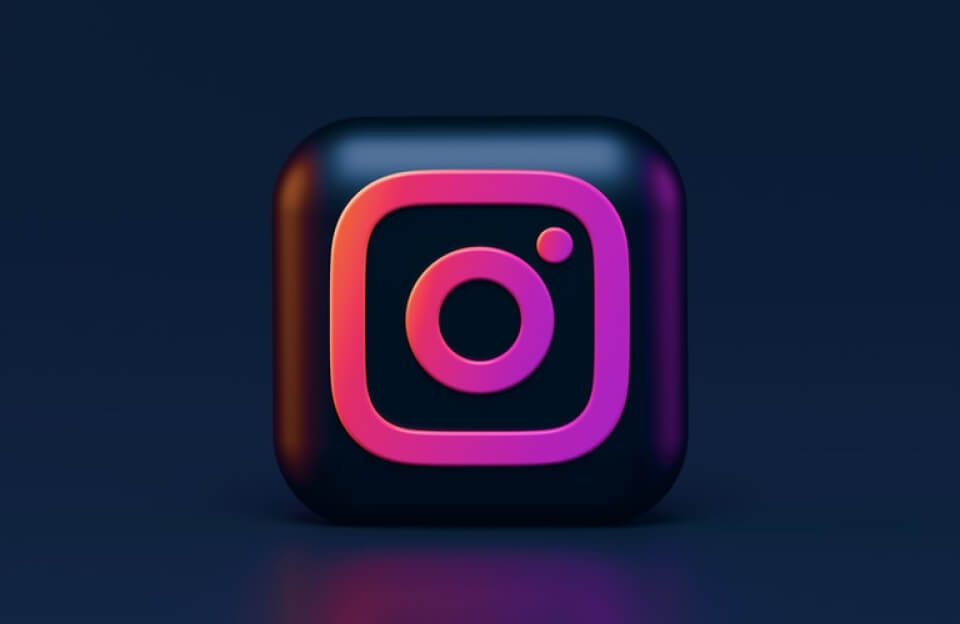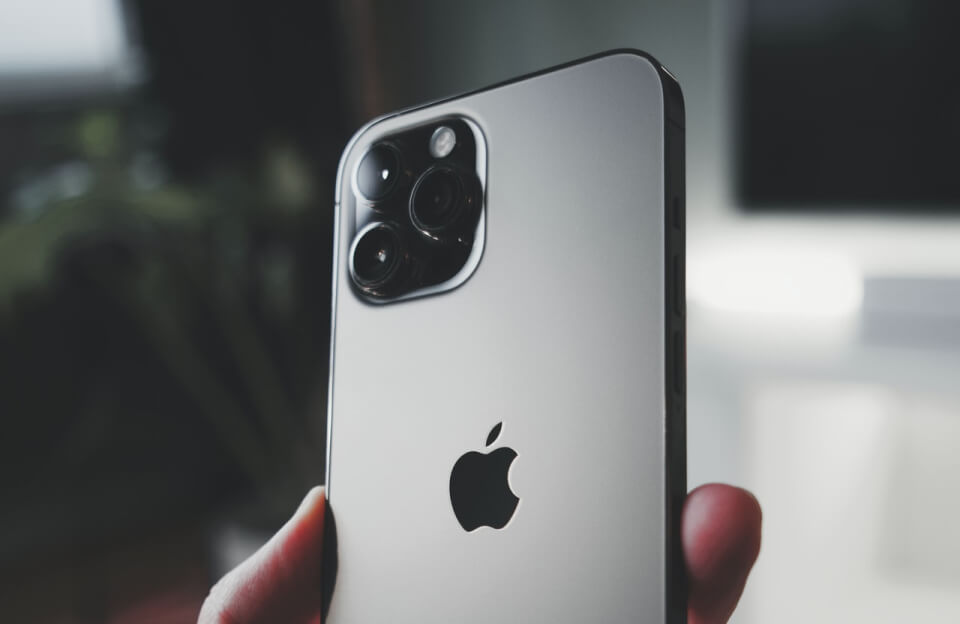
At the heart of filmmaking lies the power of storytelling, and Will Feagins knows exactly how to weave a narrative that resonates. The Atlanta-based filmmaker recently screened his latest documentary, ‘Kiara, Portrait of a Printmaker,” a deeply intimate look into the life and work of local printmaker Kiara, as part of the Filmer 7 showcase, hosted by South Fulton Arts.
The showcase took place at the renowned Academy Theatre, one of Georgia’s longest-running and most respected performance venues, further cementing the film’s place in the region’s vibrant arts scene.
As one of the featured filmmakers in the showcase, Feagins presented his work alongside other rising talents. “I have an affinity for art,” Feagins shared. “I’ve only interviewed one other printmaker before, so Kiara’s story intrigued me. They’re younger, and I wanted to explore the perspective of a contemporary artist navigating their craft.”
The film follows Kiara as they return to art after stepping away during the pandemic. It’s not just about their work—it’s about their evolution as an artist and as a queer creative finding their place in the broader artistic landscape. “They didn’t want to be defined by a single identity,” Feagins explained. “They wanted to do more, and I wanted to capture that journey.”
For Feagins, authenticity is paramount. “I always want to create the most accurate and real representation of my subjects,” he emphasized. “I want them to watch the final cut and feel like, ‘Yes, this is me. This is who I am.’”
In crafting Kiara’s story, Feagins made a deliberate choice to feature just one additional interview subject—Kiara’s best friend. This decision, he said, was about intimacy. “When you have one person who knows your subject deeply, it allows for a more personal, unfiltered perspective.”
Although he initially planned to include more voices, scheduling conflicts prevented additional interviews. But in the end, the streamlined focus worked in the film’s favor. “I think what really draws people in is getting to know the artist as a person,” Feagins noted. “That connection makes their work even more compelling.”
Lessons Learned and the Art of Representation
Beyond the creative process, Feagins walked away from the project with a deeper appreciation for Kiara’s reverence for history. “They have such a strong awareness of how Black and queer artists are represented—not just in life but in various artistic mediums,” he said. “They talked about how they see representation in drag shows and performance art, but not as much in printmaking. It was important for them to be part of that change.”
This perspective challenged common misconceptions about younger artists. “People often assume the younger generation doesn’t respect those who came before them, but Kiara proves otherwise,” he said. “They do the work. They understand the history. And that’s something I wanted to showcase.”
Feagins’ own path into filmmaking was anything but traditional. “I kind of backed into it,” he admitted. “I used to do spoken word poetry, and I bought a little Handycam to film open mics. Then I made a documentary about a performance I did in Georgia, and that’s what sparked my interest in filmmaking.”
He never attended film school, but that didn’t stop him from pursuing his passion. “I used what I had,” he said. “My first documentary was shot on a mini DV camcorder with no external mic and just a tiny light. But I didn’t let that stop me.”
For those looking to break into filmmaking, Feagins has simple but crucial advice: “Just start. Use what you have. You don’t need the best equipment—your phone can shoot incredible video. The important thing is to practice, experiment, and keep creating.”
He acknowledged the challenges that come with the creative process. “You’re going to make mistakes. Your early work might not look like what you envision in your head. But it’s like growing locs—there’s that awkward stage before you get to the long, beautiful hair. You have to push through it.”
What’s Next?
As for what’s next, Feagins keeps it straightforward. “Just watch the film,” he said with a smile. His work speaks for itself—offering a lens into lives and stories that deserve to be seen, heard, and celebrated.
With Kiara, Portrait of a Printmaker, Feagins isn’t just documenting an artist—he’s giving them a platform to share their truth. And in doing so, he’s ensuring that stories like Kiara’s continue to be told.
The film’s screening at Filmer 7 at the Academy Theatre not only showcased Feagins’ storytelling skills but also reinforced the importance of highlighting underrepresented voices in the arts. As he continues his filmmaking journey, audiences can expect more stories that amplify the richness and complexity of creative expression.



